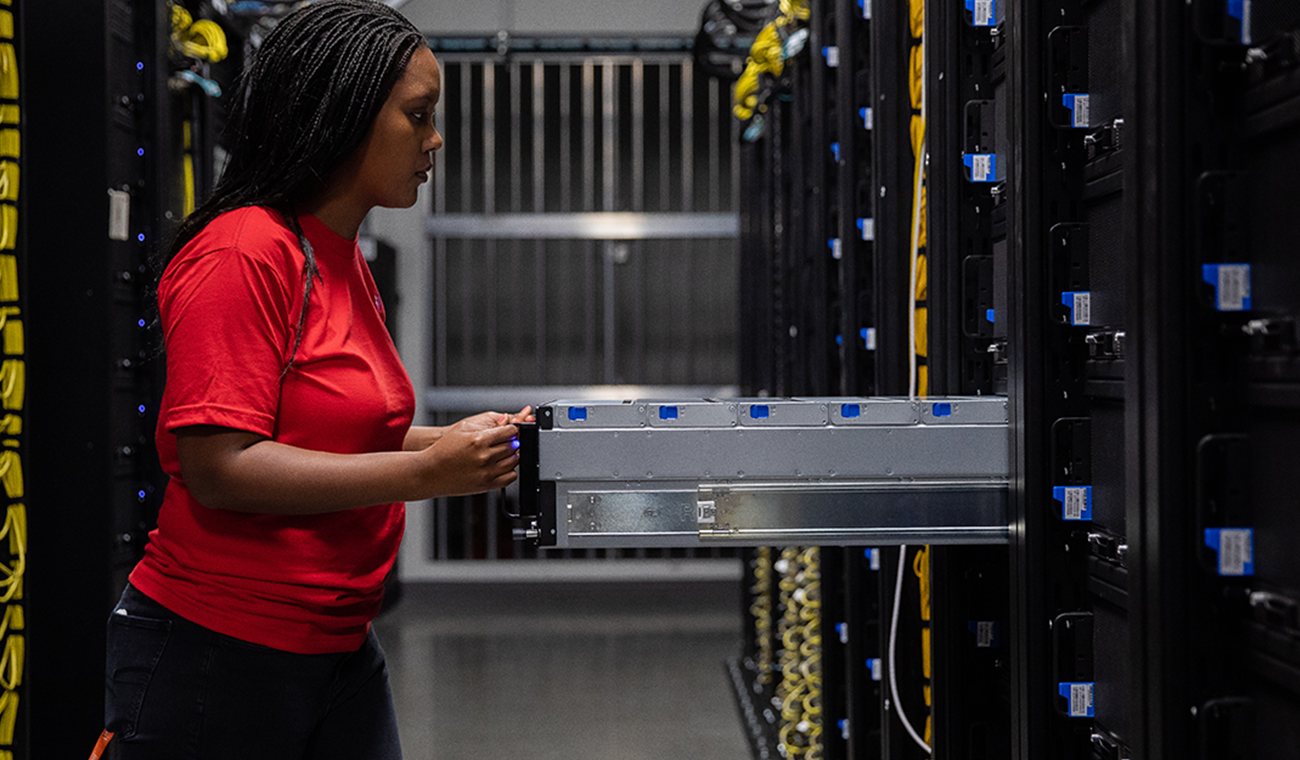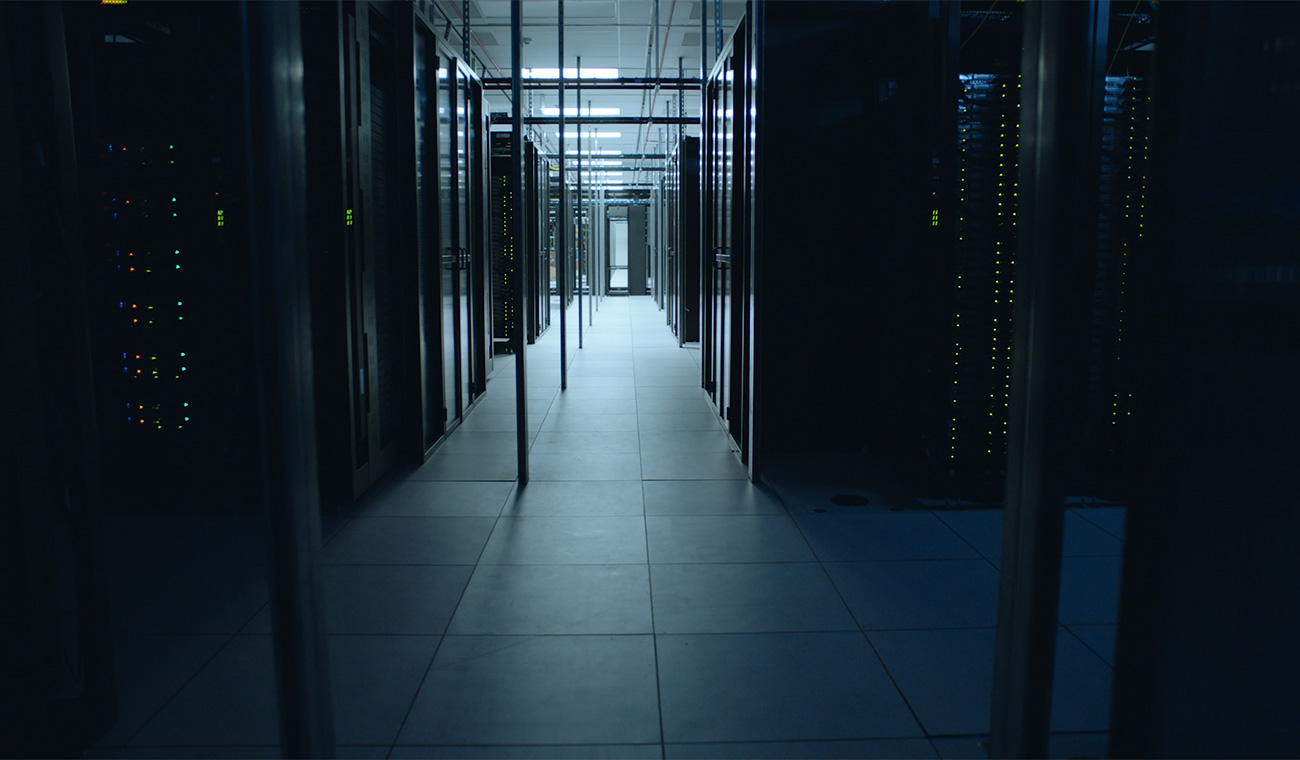
Last year, we announced our commitment to fighting global warming and reducing our carbon footprint through our sustainability goals, which we plan to accomplish by 2030:
- Achieve carbon neutrality for scope 1, scope 2, and scope 3 business travel emissions
- Source 100% renewable energy for our operations, including our data centers
- Support organizations working for climate action
- Mobilize employees to use volunteer time off for environmental causes
As a company that runs on data centers, we recognize the impact we have on global energy consumption, and we’re proud to announce that all of our data center storage server power is covered by 100% renewable electricity. This means when you’re storing your data with us, you’re not leaving a carbon footprint.
Our Infrastructure team has worked hard to achieve this milestone through three focus areas: maintaining best-in-class power usage effectiveness, optimizing overall power consumption, and sourcing more renewable energy.
Maintain best-in-class power usage effectiveness (PUE)
Power usage effectiveness measures how efficiently we’re leveraging the power we consume within our data centers. Not only is this important to our business, it’s important to our customers. The Edelman 2021 Trust Barometer found that customers are 5.7% more likely to trust companies that embrace sustainable practices.
We’re proud to say that our PUE rating is top of the class in our industry—by 2020, we were operating at 17% below the industry average. We achieved this by implementing outside air economization and thermal containment solutions and by maximizing power utilization throughout our spaces. But we’re aiming to do even better. We want to further optimize our efficiency by continuing to explore innovative solutions with our current and future data centers.
Optimize overall power consumption
One way we’re optimizing our consumption is by quickly powering down decommissioned hosts. At our data centers, we have a continuous flow of servers that reach their end of life. Our engineers used to decommission those servers manually. We’re now leveraging a new Pirlo system that automatically powers down a server host immediately after it’s out of service. This has saved us an estimated 5% in power over each server’s lifespan.
We also have servers that sit in an idle state but use power, despite not being being allocated to a specific service. We’re in the process of introducing a new state in our data centers, HDD standby, which will yield approximately 50% power savings on storage hosts and 25% on HDFS hosts, while still allowing the servers to be accessible if needed.
Another way we’re reducing our overall energy use is by finding the right amount of capacity needed on our servers. We’ve expanded the team that monitors supply and demand and moved to a monthly planning model so that we can ensure capacity is being properly used at all times. This will enable us to build a more reliable model with more data points, which will increase accountability and allow us to quickly make changes when needed.
Further, we’re always looking at how we can maximize the use of our hardware through infrastructure-wide improvements. Currently, we’re working on improving our orchestration platforms to maximize the overall resource usage, improve efficiency, and lower energy utilization during peak hours.
Lastly, we’re improving our storage platform so that it has 43% more storage capacity. And in the future, we’ll be adopting new technology to continue the densification and improving overall power efficiencies.
Source more renewable energy
As we continue to look for new ways to be as efficient as possible, we also want to make sure the energy our data centers use is renewable, starting with storage. In 2021, we’re making significant investments to procure renewable energy, and we’ve committed to making our direct power consumption of our storage platform 100% carbon neutral. Because Magic Pocket, our custom-built, multi-exabyte infrastructure, uses on-premise and public cloud storage, we have unique challenges to curbing our footprint in different local regions. That’s why we’re actively partnering with public utilities and landlords, as well as our cloud partners, to make sure we’re meeting these goals globally.
And we’re making good progress. In the last year and a half, we’ve reduced our datacenter carbon footprint by 15%. In the coming years, we’ll continue to find smart, innovative ways to cut back and reach our overall sustainability goals by 2030.
To read more about sustainability at our data centers, visit our tech blog.











